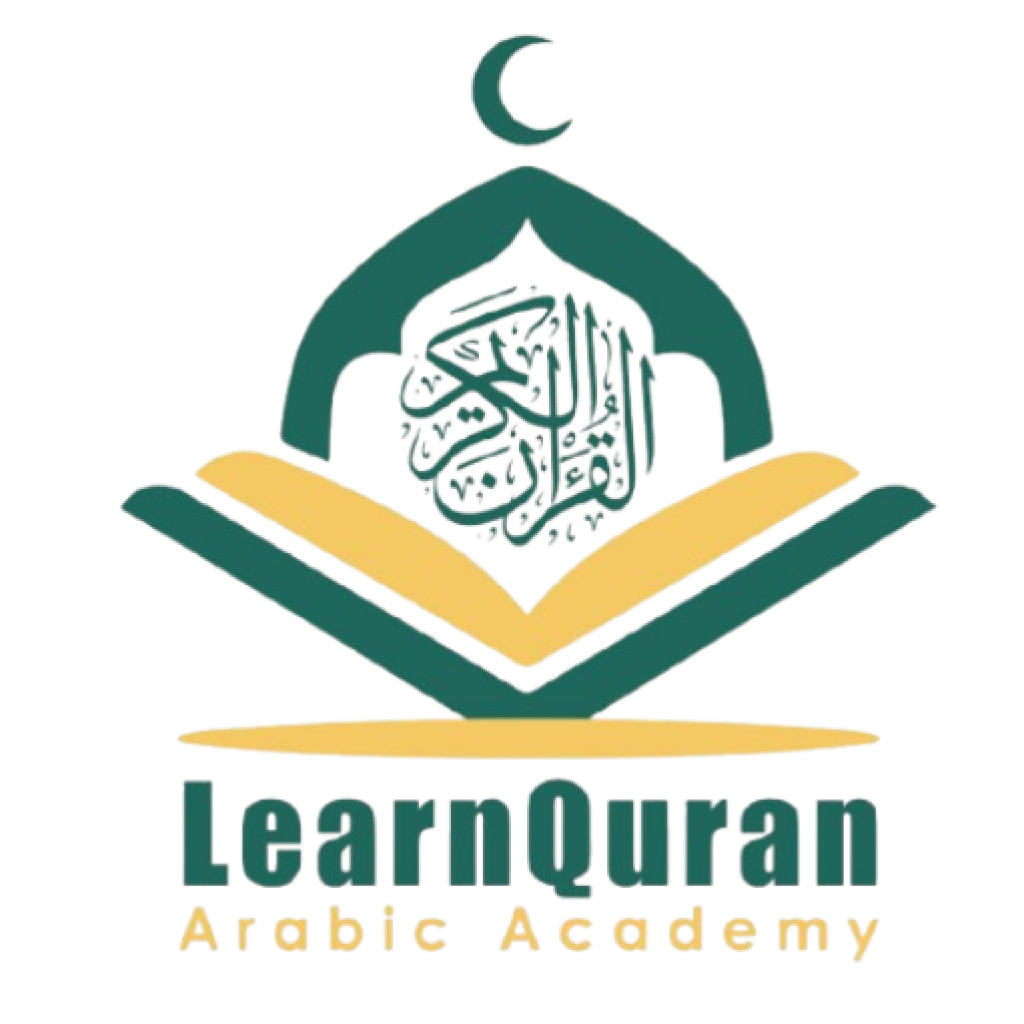
LearnQuran-Arabic Academy
Your trusted online platform to learn Arabic, recite and memorize the Qur’an, and explore authentic Islamic knowledge — all from the comfort of your home, with flexible programs and certified teachers.
Our Arabic curriculum is a carefully designed, integrated program that takes learners on a progressive journey through four key stages of language development.
In our Arabic program for children, we have designed a fully integrated curriculum tailored specifically for young learners.
The program features engaging and age-appropriate textbooks, filled with colorful illustrations and enjoyable content that sparks curiosity and love for the Arabic language.
To make learning even more exciting, we’ve included fun and interactive educational games for every level and stage, helping children reinforce what they learn through play.
Each lesson also comes with specially designed videos that bring the material to life through sound and visuals.
This multi-sensory approach—reading, listening, and watching—ensures that every child can enjoy the learning experience and stay fully engaged.

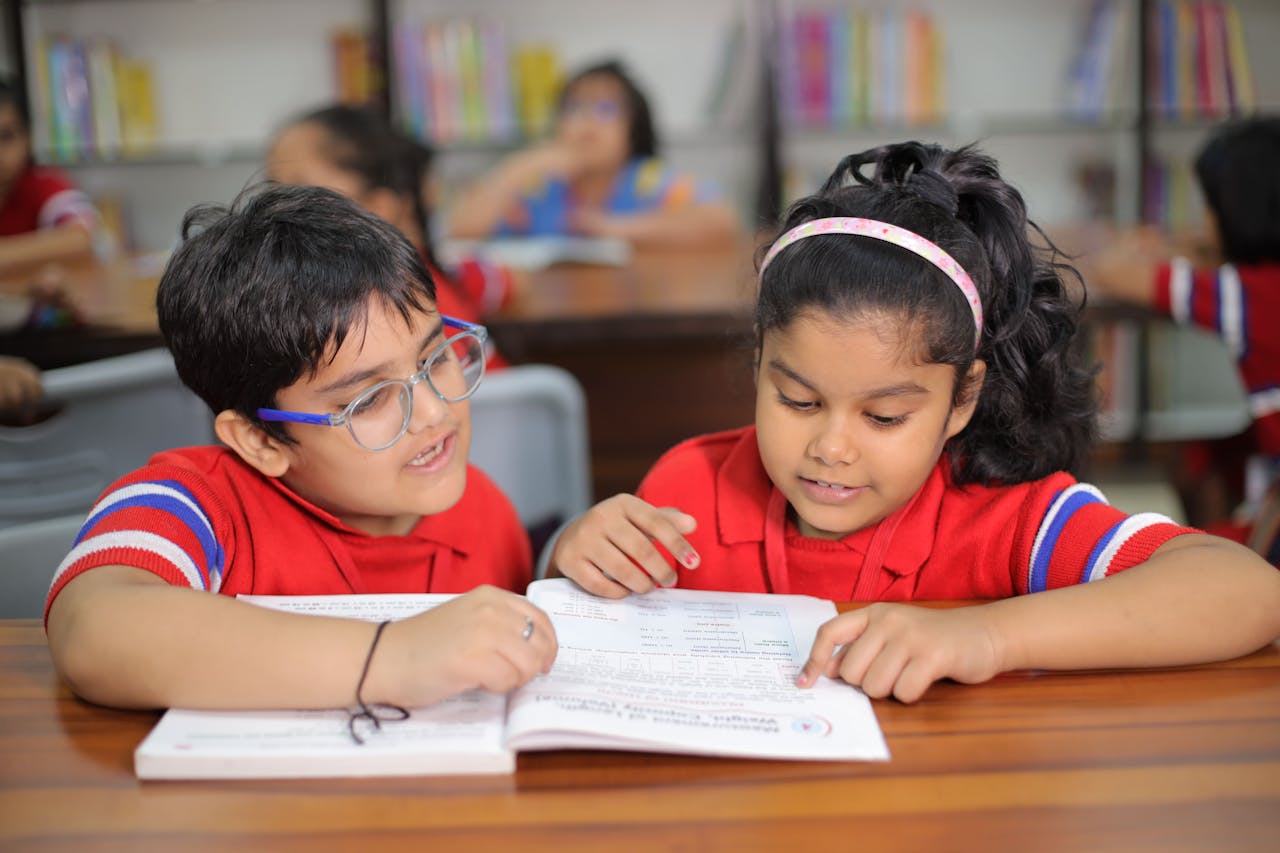
This is the discovery stage where young learners begin their exciting adventure into the Arabic language. At this foundational level, students start by learning the Arabic alphabet—how each letter sounds, how to pronounce it, and how to write it correctly. They are introduced to the unique features of Arabic script, such as identifying which letters connect to others and which do not.
Next, learners explore short and long vowel sounds (harakat and madd), as well as the use of shadda (gemination). Step by step, they move from recognizing individual letters to forming complete words. They practice writing letters in different positions (beginning, middle, and end of words), mastering how each letter changes shape accordingly.
Once students are familiar with basic phonics and word construction, they begin reading simple words with ease. Gradually, they build a strong vocabulary base and learn to form simple sentences in Arabic.
This stage is thoughtfully divided into five progressive levels, ensuring a smooth and enjoyable learning experience that builds confidence and enthusiasm in every young learner.
Mastering the Arabic Alphabet
In this foundational level, students focus on learning the Arabic letters in both sound and form. They study the alphabet through listening, visual recognition, and writing practice. Special attention is given to distinguishing between similar-sounding and similar-looking letters, helping children recognize the subtle differences that define each one.
Learners also practice writing letters in their different positions—at the beginning, middle, and end of words—developing accuracy and confidence in their writing skills. By the end of this level, children will have a thorough understanding of the Arabic alphabet. They will be able to pronounce each letter clearly and correctly, thanks to consistent training in proper articulation from its correct point of origin (makhraj).
Moreover, they will be able to write every letter accurately in all its forms within a word, demonstrating full mastery of the Arabic script. This solid foundation sets the stage for fluent reading and writing in the following levels
Short Vowel – Fatha
In this level, students dive into learning the short vowel fatha (ــَــ) as applied to the Arabic alphabet. They begin by practicing each letter with the fatha vowel, and then move on to reading and writing words that use fatha sounds throughout.
Learning Objectives:
Mastering the Remaining Harakats – (Kasrah, Dammah, Sukoon, and Tanween)
After confidently learning how to read and pronounce letters with Fatha in Level Two, students are now ready to explore the full set of Harakats. In this exciting level, children embark on a new journey where they master the remaining Harakats in Arabic: Kasrah, Dammah, Sukoon, and Tanween. This stage builds fluency and clarity, making every young learner feel empowered as they unlock the complete system of Arabic pronunciation.
Learning Objectives:
This level is a major step toward full Arabic literacy, where reading becomes not only accurate but enjoyable — setting the stage for deeper vocabulary, expression, and understanding in the coming levels.
Discovering the Long Harakats (Al-Mudood)
In this level, the child begins an exciting new chapter in their Arabic learning journey — discovering the world of long Harakats, known as Al-Mudood. These include Madd with Fatha (ا), Kasrah (ي), and Dammah (و). The learner is trained to distinguish between short Harakats and long Harakats, not just in sound, but also in pronunciation and writing.
A special feature of this level is introducing Al-Mudood using the Uthmani script — the same script used in the Qur'an — so that children can begin reading Qur'anic verses with accuracy and confidence.
Learning Objectives:
🌟 From this level onwards, parents begin to witness a truly heartwarming moment — the joy of seeing their child finally reading the Qur'an directly from the Mushaf. This milestone not only fills the home with pride but also helps the child memorize and review the Qur’an independently, setting a strong foundation for a lifelong connection with the Book of Allah.
Mastering the Final Touches of Foundational Arabic
This is the final and most empowering stage of the Foundational Phase — where all the child's efforts come together to form a confident, fluent Arabic reader.
In this level, the child learns how to use Shaddah (Shadda), practicing it with all Huruf Hijaiyyah in various Harakats (Fatha, Dammah, Kasrah), mastering the correct Sifah (pronunciation quality) for each sound.
Additionally, the child is introduced to the magical world of Al-Shamsiyyah (solar “Al”) and Al-Qamariyyah (lunar “Al”), learning how to distinguish and pronounce them properly.
The child also learns fascinating spelling-pronunciation rules:
Moreover, this level includes a full introduction to Hamzat Al-Wasl and Hamzat Al-Qat’, where to find them, and the rules for pronouncing — or intentionally skipping — them during fluent reading.
Learning Objectives:
At this point, the child is no longer just a learner — they are a reader of Arabic and the Qur’an. Parents will feel proud and amazed as they watch their child navigate even the most complex verses with fluency, clarity, and joy.
By the end of this exciting foundational journey, your child will have achieved remarkable milestones that will open the doors to lifelong learning and spiritual growth:
✅ Fluent Reading: Your child will be able to read any Arabic word or sentence without exception—clearly, correctly, and with ease and fluency.
📖 Independent Qur’an Reading: He or she will now be able to read the Qur’an independently from the Mus’haf, with proper pronunciation and without errors—an achievement that fills every parent’s heart with joy.
🧠 Qur’an Review with Confidence: Your child can review what they have memorized from the Qur’an on their own, reinforcing retention and understanding.
💡 Accelerated Memorization: With accurate reading skills, your child will find it much easier and faster to memorize new Surahs directly from the Mus’haf, especially when guided by a teacher (Shaykh).
🕌 Reading Hadith & Texts: Your child will be ready to read Hadith, duas, and even memorize Islamic foundational texts (mutoon)—whether in Hadith, Fiqh, or Aqeedah.
🎓 A New Beginning: This stage marks not an end, but a powerful beginning of real Islamic learning—your child is now equipped to embark on a journey of seeking knowledge, supported by a strong foundation in reading and understanding Arabic.
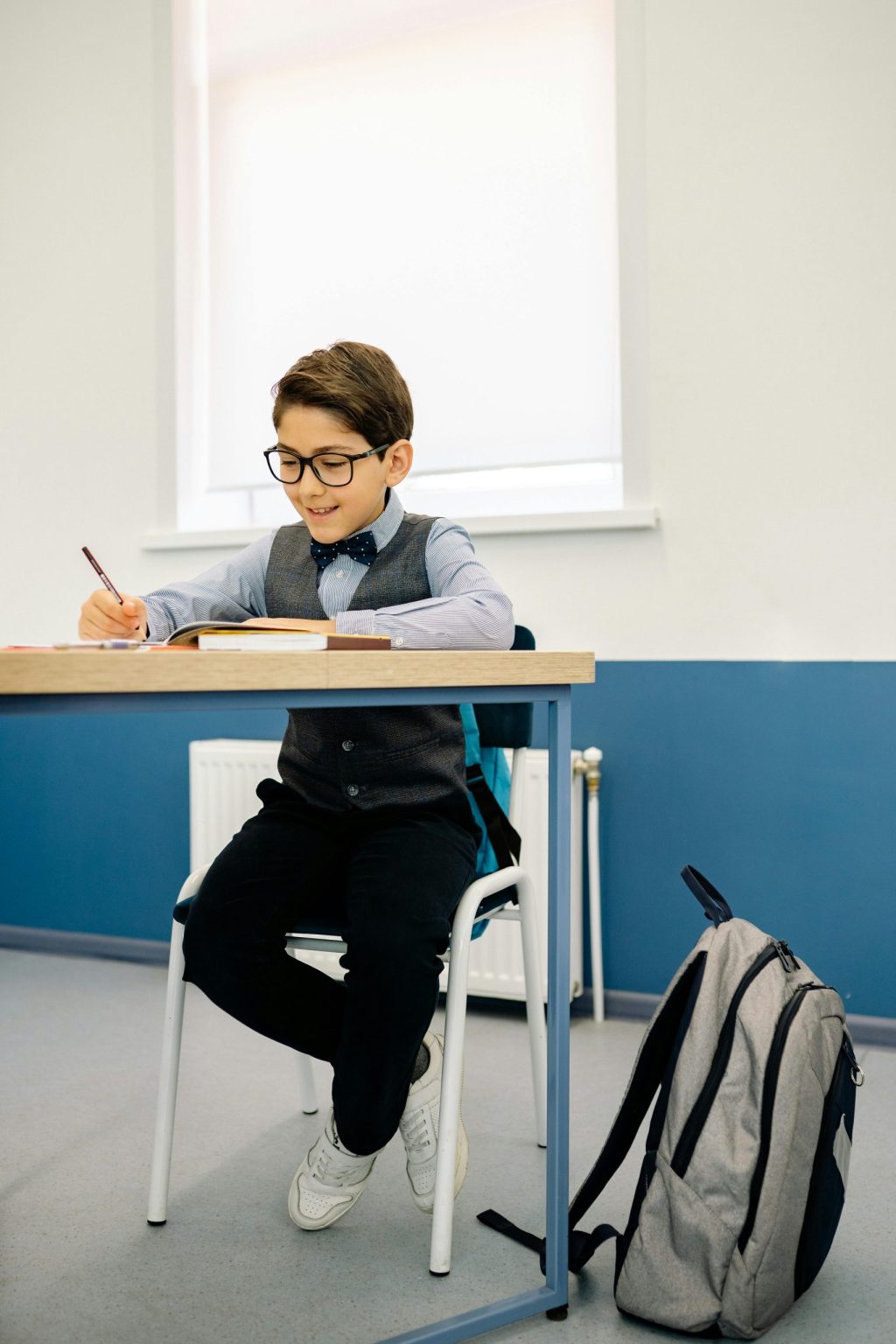
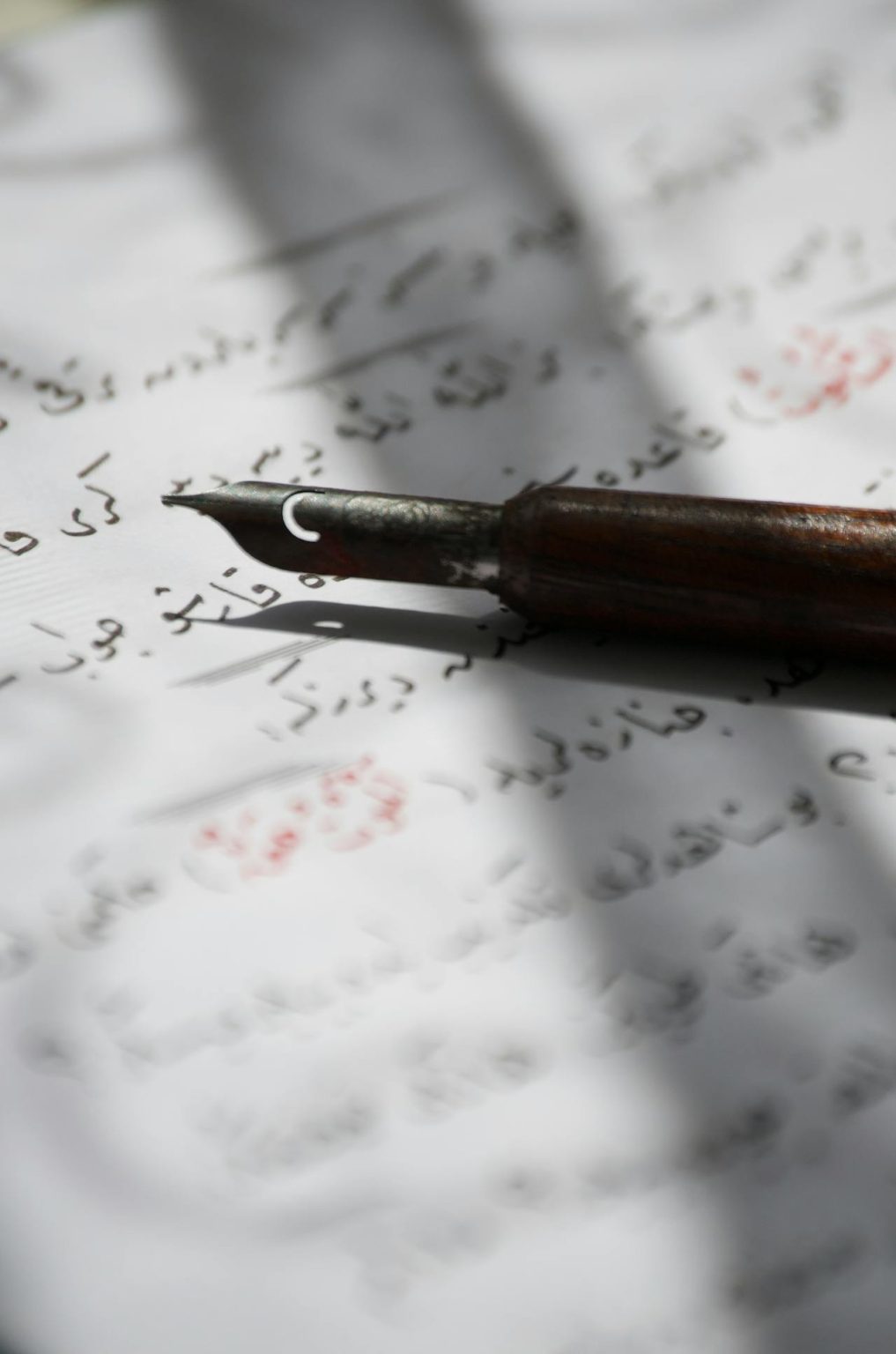
In this stage, children move beyond learning how to read and write, and begin to build their vocabulary and actively use it in meaningful sentences.
Building Confidence through Words and Sentences
At this level, the student learns the essential rules of reading and writing Arabic correctly. Vocabulary development is at the heart of this stage—students are introduced to new words supported by pictures and gradually use them to form meaningful sentences.
Through fun and relatable topics from daily life, the child begins to express themselves with confidence, expanding their language reservoir naturally.
🎯 Objectives of this level:
From Understanding Words to Expressing Ideas
In this level, students continue mastering proper reading, while improving their comprehension skills. They learn how reading rules—such as pauses (Waqf) and sentence starts (Ibtida’)—impact meaning and help bring clarity to texts.
Here, students begin their real journey into the four core language skills:
🎯 Objectives of this level:
Expressing Ideas with Confidence and Clarity
In this advanced stage of the Preparatory Phase, the student takes a significant leap in mastering Arabic. The focus here is on expanding language awareness through reading, writing, and the development of core language skills in a more refined and expressive way.
🔠 1. Reading Mastery:
The student strengthens their ability to read fluently and accurately, applying the rules of proper pronunciation and performance. Special attention is given to intonation and voice variation depending on the type of sentence—question, command, exclamation, or narration.
👂 2. Listening & Understanding (Fahm al-Masmoo‘):
The student is exposed to longer and richer audio materials. The goal is not only to listen but to fully understand what is being said and then connect it to real-life experiences. From stories to everyday conversations, listening becomes a gateway to self-expression.
🗣 3. Oral expression (Ta‘beer Shafahi):
Here, students are guided to speak freely and confidently. They practice different styles of spoken expression, which help break down barriers such as fear of making mistakes or forgetting words.
By the end of this level, the student can express their ideas clearly and constructively, closing the gap between what they think and what they say.
🎯 Objectives of this level:
This stage marks a real turning point in your child’s Arabic learning journey. Spanning three dynamic levels (with two engaging books per level), this phase is designed to help students integrate the core language skills in a practical and interactive way—making Arabic a living, expressive language they can use daily.
💡 Key Language Skills Developed in this Stage:
🌟 What Your Child Will Achieve by the End of This Stage:
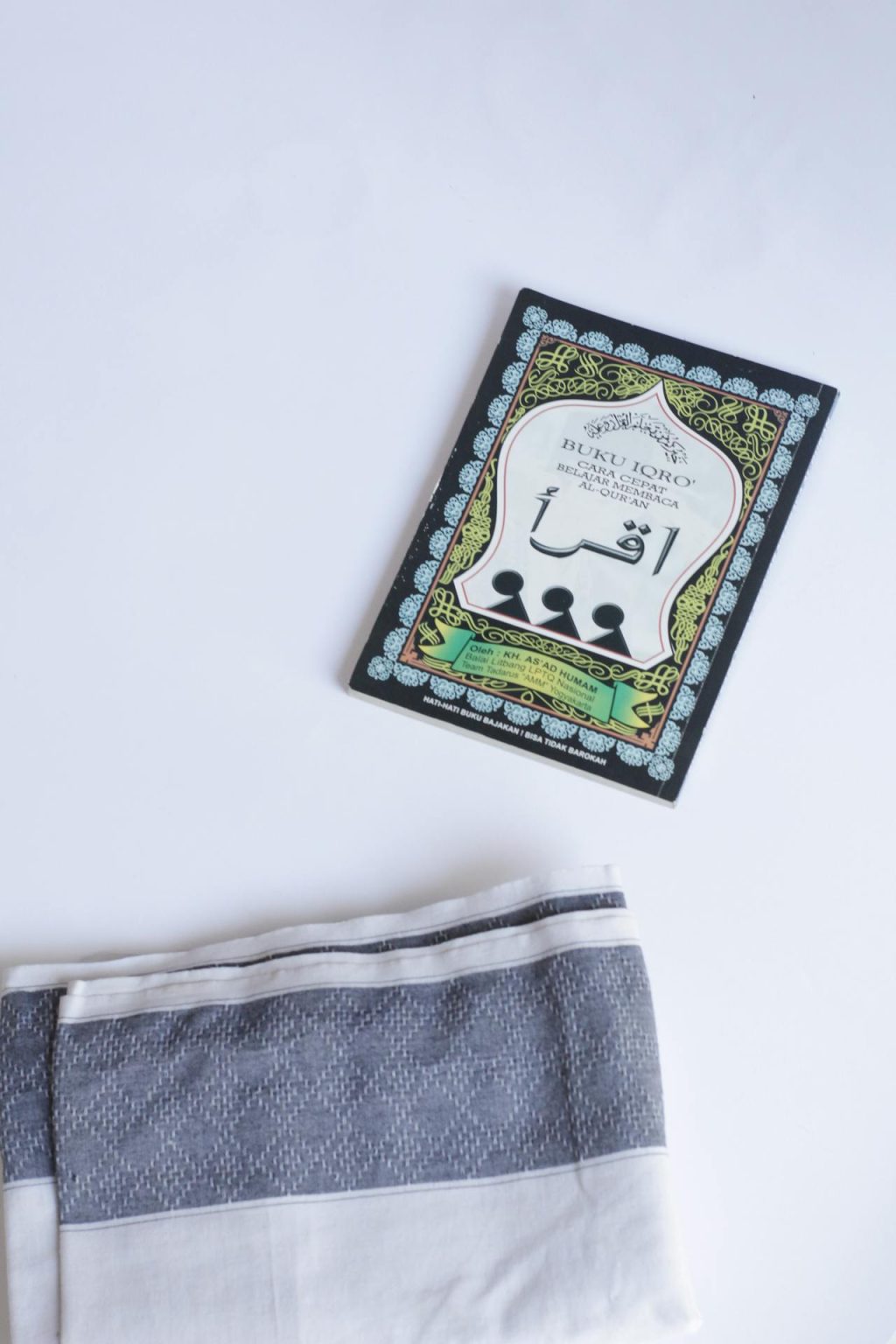
In this level, the student studies two complementary books, each serving a unique purpose to help the learner begin producing Arabic naturally and confidently.
📖 Book 1: Reading, Written & Oral Expression (Qirāʾah, Taʿbeer Kitābī & Taʿbeer Shafahī)
This book guides the student through practical reading training, helping them decode words and understand the meanings of key vocabulary—nouns and verbs—used in everyday life. Through carefully designed exercises, the student learns how to express their ideas in simple Arabic sentences related to their personal life and environment.
The book also features special sections in Listening Comprehension (Fahm al-Masmūʿ / Istimāʿ), where the student trains their ear to understand level-appropriate audio clips. They listen, understand, and then respond to the content through comprehension exercises, helping them link sound and meaning effectively.
📚 Book 2: Core Grammar Foundations (Qawāʿid Asāsiyyah)
This book introduces essential grammar rules that support the content of the first book. Students learn to apply grammar in real context—to form correct sentences, participate in conversations, and write short texts. Topics include:
By combining vocabulary, listening, reading, expression, and grammar, students start to engage in meaningful conversations, tell short stories, and interact confidently in Arabic.
At this level, the student studies two integrated books designed to deepen their fluency and expand expressive skills across reading, writing, listening, and speaking.
📖 Book 1: Reading & Expression (Qirāʾah wa Taʿbeer)
This book combines three major skills:
Reading Practice (Qirāʾah): The student continues to refine their ability to read fluently and correctly, using new vocabulary applied in full sentences and meaningful paragraphs.
Written Expression (Taʿbeer Kitābī): The learner practices writing stories, creating dialogues, composing short letters, and writing about personal experiences in Fusḥā (Modern Standard Arabic).
Oral Expression (Taʿbeer Shafahī): The student is trained to speak confidently using new vocabulary and correct grammar structures in a variety of settings—such as in class, in social contexts, and during structured discussions.
Additionally, this book includes a strong focus on Listening Comprehension (Fahm al-Masmūʿ / Istimāʿ). The student listens to authentic Arabic audio clips such as short lessons, simple lectures, or student conversations. After listening, they answer targeted comprehension questions to ensure accurate understanding and real-life application of what they hear.
By the end of this book, the student gains a rich vocabulary base and the skills to use it in written and spoken form with clarity and creativity.
📚 Book 2: Practical Grammar.
In this grammar book, the student learns practical Arabic rules that directly support the use of correct expression in both writing and speaking. Topics include:
Isnād al-Afʿāl (Assigning verbs to subjects: ( Ṣarf al-Fiʿl maʿa al-Ḍamāʾir)
At this advanced stage of the pre-intermediate level, the student studies two core books, focusing on language fluency, expressive skills, and grammar foundations.
📖 Book 1: reading, writing, speaking, and listening
This book is a comprehensive guide for refining the four key language skills: reading, writing, speaking, and listening.
Key Features:
📚 Book 2: Grammar.
This book provides a gentle introduction to Arabic grammar (al-Naḥw) with direct application in writing and speaking.
Grammar Topics:
This book bridges the foundational grammar concepts with real-life usage—preparing the student to write and speak correctly in various situations.
🎯 Learning Goals by the End of Level 3:
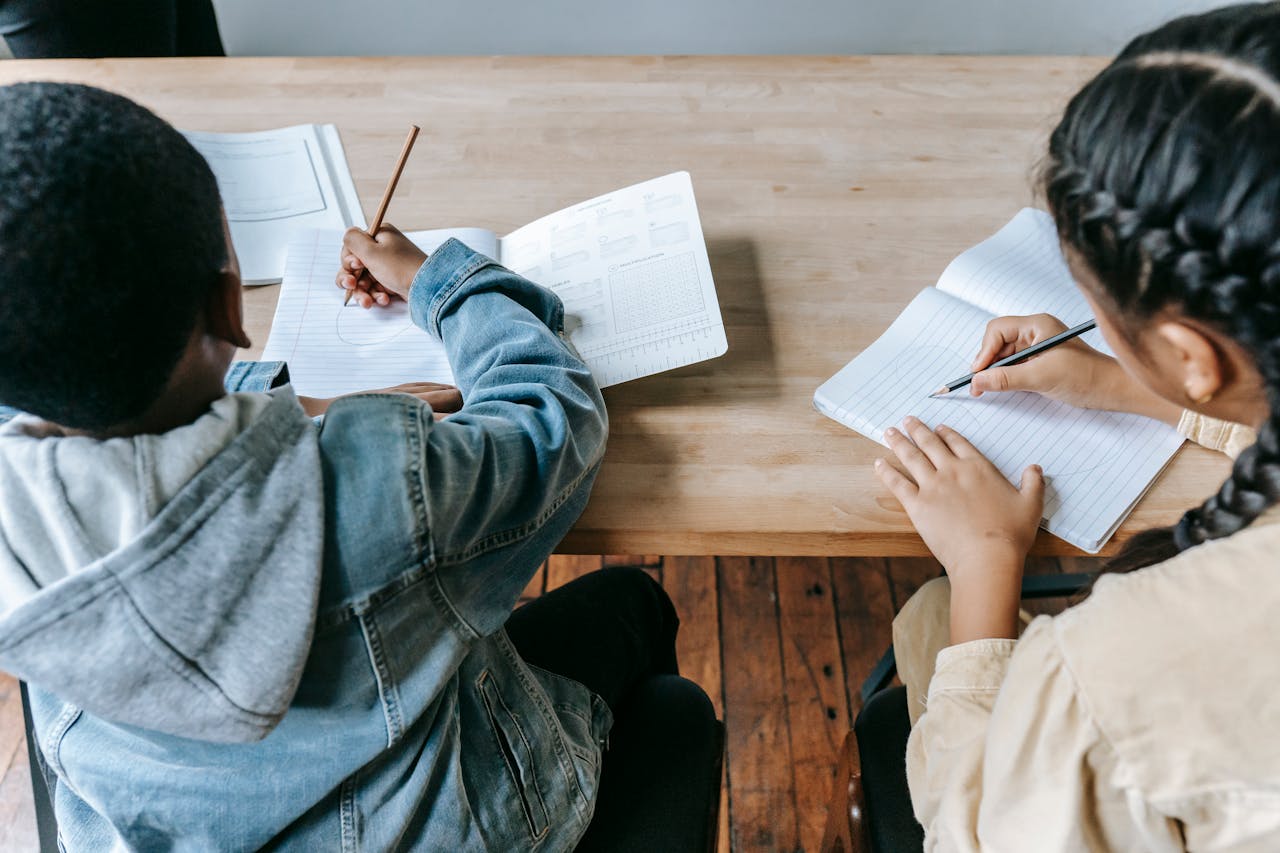
Two Books
Two Books
The book introduces foundational concepts in:
These lessons are taught in a clear, gradual manner to deepen the student's understanding and support correct usage in both speech and writing.
Throughout these lessons, students actively apply the grammar and morphology rules (Qawāʿid al-Naḥw wa al-Ṣarf) they have learned, through reading, writing, and conversation. This ensures the development of both accuracy and fluency in the use of Modern Standard Arabic.
By the end of this level, the childhood stage is complete, and the student is ready to join the adult program—a dynamic and integrated curriculum starting from Level 3.
(For more information, see the Arabic for Adults Program.)

LearnQuran-Arabic Academy
Your trusted online platform to learn Arabic, recite and memorize the Qur’an, and explore authentic Islamic knowledge — all from the comfort of your home, with flexible programs and certified teachers.
Not a member yet? Register now
Are you a member? Login now